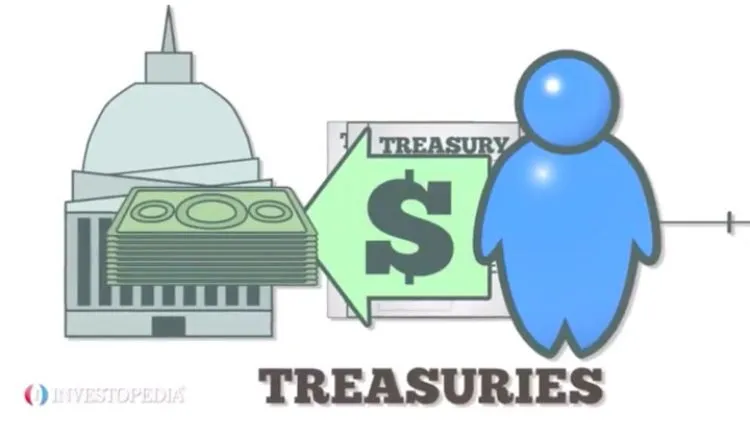Introduction:
The 10-year Treasury yield is a crucial indicator in the financial markets, serving as a benchmark for a wide range of interest rates. As an investor or financial enthusiast, understanding the intricacies of this yield is essential for making informed decisions and predicting market trends. In this article, we will delve into the concept of the 10-year Treasury yield, explore the factors that influence it, discuss its implications, and address some frequently asked questions.
I. What is the 10-Year Treasury Yield?
The 10-year Treasury yield represents the interest rate at which the U.S. government borrows money by issuing 10-year Treasury notes. It is determined by the bond market’s supply and demand dynamics, and it serves as a barometer of investor confidence in the economy. The yield is expressed as a percentage and indicates the annual return an investor will earn by holding the bond until maturity.
II. Factors Influencing the 10-Year Treasury Yield:
- Economic Conditions: Economic factors, such as inflation, GDP growth, and employment data, play a significant role in determining the 10-year Treasury yield. During periods of economic expansion and low inflation, yields tend to rise as investors seek higher returns elsewhere. Conversely, during economic downturns or high inflation, yields may decline as investors flock to the relative safety of government bonds.
- Monetary Policy: The actions of central banks, particularly the U.S. Federal Reserve, strongly influence the 10-year Treasury yield. When the central bank raises interest rates or tightens monetary policy, it can put upward pressure on yields. Conversely, when the central bank implements accommodative monetary policies, such as quantitative easing, it can lower yields to stimulate borrowing and economic activity.
- Investor Sentiment: Market sentiment and investor risk appetite impact Treasury yields. In times of uncertainty or heightened risk aversion, investors tend to seek the safety of Treasury bonds, driving yields down. Conversely, during periods of optimism and confidence, investors may prefer riskier assets, causing yields to rise.
III. Implications of the 10-Year Treasury Yield:
- Mortgage Rates: The 10-year Treasury yield is closely correlated with mortgage rates. As Treasury yields rise, mortgage rates tend to follow suit, making borrowing more expensive for homebuyers. Conversely, when Treasury yields fall, mortgage rates also tend to decrease, providing potential benefits to borrowers.
- Bond Market Performance: Changes in the 10-year Treasury yield can impact the broader bond market. When yields rise, the prices of existing bonds tend to fall, as investors demand higher rates of return on new issuances. Conversely, when yields decline, bond prices typically rise, benefiting investors holding fixed-income securities.
- Equity Market Impact: The 10-year Treasury yield has a complex relationship with the stock market. In general, rising yields can make equities less attractive relative to bonds, potentially leading to a shift in investor preferences and market volatility. However, the correlation between Treasury yields and stock market performance is influenced by various factors, and a direct cause-and-effect relationship is not always evident.
Conclusion:
The 10-year Treasury yield serves as a crucial indicator of the market’s perception of economic conditions and future interest rates. Understanding the factors that influence the yield and its implications on various sectors allows investors to navigate financial markets more effectively. By keeping a close eye on economic trends, monetary policy decisions, and investor sentiment, market participants can anticipate changes in the 10-year Treasury yield and position themselves accordingly.
FAQs:
Why is the 10-year Treasury yield important for investors? The 10-year Treasury yield provides insights into the overall health of the economy, influencing a wide range of interest rates and financial markets

